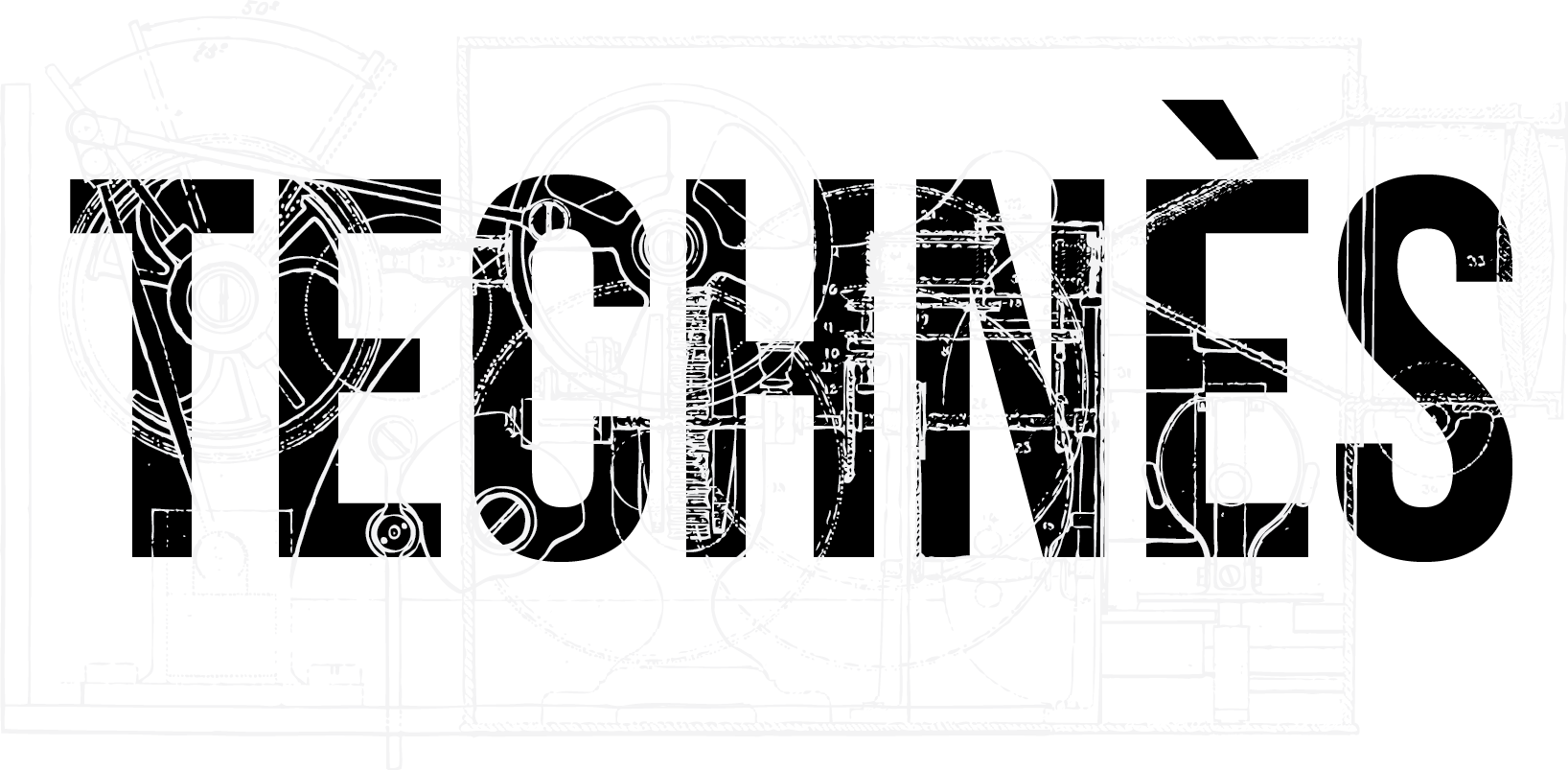The International Research Partnership on Cinema Technology, TECHNÈS, aims to rethink film history and its methods by examining the techniques and technologies that have accompanied the medium’s mutations since the nineteenth century. TECHNÈS intends to carry out this ambitious project by creating an unprecedented space for dialogue between universities, archives, cinematheques, and film schools, as well as between scholars and industry technicians.
The project originated from the widely shared observation that the contemporary media ecology is in upheaval. Indeed, over the last few decades, the film industry has undergone a series of transformations that has shaken its identity to its very core. While since the 1890s film productions were almost entirely made using a thin, transparent pellicle coated with a light-sensitive emulsion, it only took a few years for films to be projected as digital media files following a production process that, very often, contained no phase that included actual film. This change in the way moving images are produced has had serious repercussions on the film industry socially, economically, and aesthetically.
These mutations have also had a serious effect on film studies. To address this observation, we need to fully integrate the technical dimension into scientific discourse, which covers both the history and aesthetics of cinema. If, on the one hand, cinema was, at the onset, described as a “technical medium,” on the other, its historiography and theory quickly undervalued this aspect. The inevitable result is a lack of knowledge regarding the complex links between machines, economic structures, uses, forms, creations, and cultural practices.


